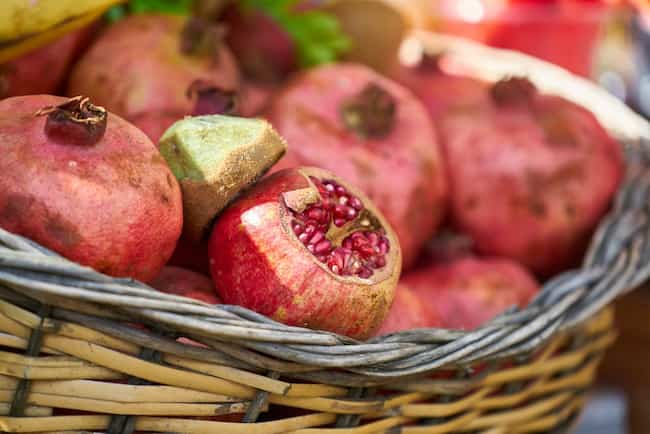What Is A CCD Diet?
CCD is a low glycemic, vegetarian diet that consists of cereals, legumes, and nuts.
In the diet, three meals are prepared from these ingredients. In breakfast, one would have upma or cereal with peanuts and bananas, whereas in lunch, one would have upma/cereal/chapati with beans curry, and in dinner sprouted pulse cooked as a soup or dry vegetable khichri.
Since it is a dietary intervention, it does not induce hyperketonemia, but ketosis can be achieved by including MCTs (medium-chain triglyceride)in the daily menu. However, there is no single protocol for food preparation to achieve this state as everyone has a different degree of severity of illness that needs to be addressed accordingly.
The rationale behind using a low glycemic index diet is that it facilitates an environment that reduces the incidence and severity of epileptic seizures. Since most seizure disorders respond favorably with ketosis and reduce glucose utilization, a low glycemic index diet coupled with a medium-chain triglyceride supplement can theoretically mimic the ketotic state.
At this point, we do not propose to restrict carbohydrates as they are essential sources of energy, especially for those who exercise regularly or pursue physical activity as part of their profession.
In summary, people who have epilepsy may benefit from CCD because it helps specifically with the management of epilepsy by :
1) reducing blood glucose levels
2) facilitating weight loss (if required) and
3) protecting against neurodegeneration by ketosis.
CCD has emerged as one of the most effective dietary therapies for epileptic seizures.
Continuous use of CCD is associated with neuroprotection against epilepsy and is considered an alternative treatment for epilepsy.
The precise mechanism behind its efficacy in seizure management has not been identified yet. Still, it appears to be a low glycemic index diet with or without a medium-chain triglyceride supplement that drives the antiepileptic effect of CCD.
Medium-chain triglycerides have been shown to produce a mild state of ketosis in human beings without inducing hyperketonemia, which improves seizure control when combined with a low glycemic index diet. The degree of compliance with these diets is challenging at the clinic level, and several research groups are currently investigating the efficacy of this dietary regimen.
Carb controlled diet for diabetes:
Diabetes is a chronic condition that causes hyperglycemia (high blood sugar). Diabetes makes your body unable to make or use insulin. This can lead to many health problems.
A person diagnosed with diabetes needs to follow a strict diet plan for controlling the disease. Carbohydrate is usually controlled by people who have diabetes since their bodies cannot handle high carbohydrate intake.
Healthy carbs, such as brown rice and whole-grain bread, should be consumed in low quantities while staying away from junk food or fast food items like chips fried in oil, French fries, cakes, etc.
Coho diet foods:
AVOCADO:
Avocado is a fruit rich in vitamin E, C, and B6. It also has copper, fiber, and beneficial monounsaturated fatty acids. These nutrients help protect the cardiovascular system against inflammation and keep the cells healthy. Recent research suggests that avocados can lower cholesterol levels and reduce insulin resistance, thus preventing type 2 diabetes.
BANANA:
Banana is one of the most widely consumed fruits worldwide and is considered an essential part of a balanced diet for diabetics. Bananas are rich in potassium and magnesium, which help control blood pressure and heart rate by countering or nullifying the high sodium level of type 2 diabetes.
They also have an anti-glycemic effect which helps to control blood sugar levels effectively.
CEREAL GRAINS:
Cereal grains include wheat, rice, and oats; these are excellent manganese, chromium, and magnesium sources. These three minerals help insulin transport glucose into cells and thus aid in effective carbohydrate metabolism. Oats also increase the feeling of fullness and offer slow-burning energy that is long-lasting and beneficial for people with diabetes. It does not result in a sudden spike in blood sugar level after consumption.
CHERRIES:
Cherries contain anthocyanins, a natural flavonoid pigment with potent antioxidant properties that protect cells from damage by free radicals. They have anti-inflammatory effects as well as positive effects on vascular health. Hence, consumption of cherries is associated with lowered risk of heart attack, atherosclerosis, and type 2 diabetes.
Chocolate:
Dark chocolate can be included as part of a low-carbohydrate diet. Dark chocolate provides antioxidants that help improve insulin sensitivity. This may explain why dark chocolate consumption has been linked with lower rates of cardiovascular disease and improved blood sugar control in some studies.
A small square (1 oz or 30 g) each day should suffice for most people. Limit the amount of dark chocolate consumed to four ounces per week due to its high-calorie content on a weight loss program.
